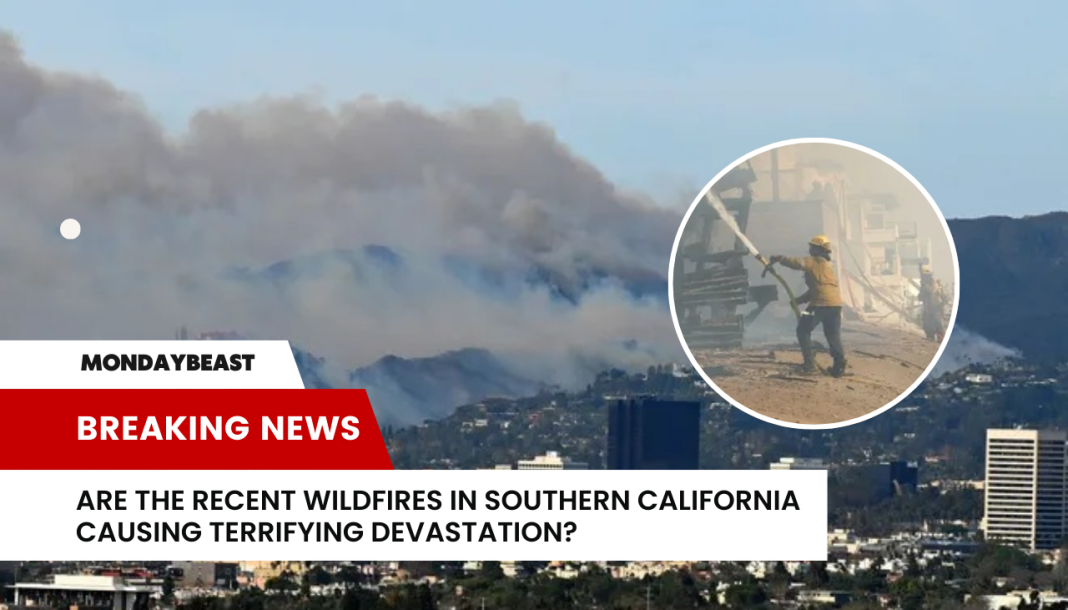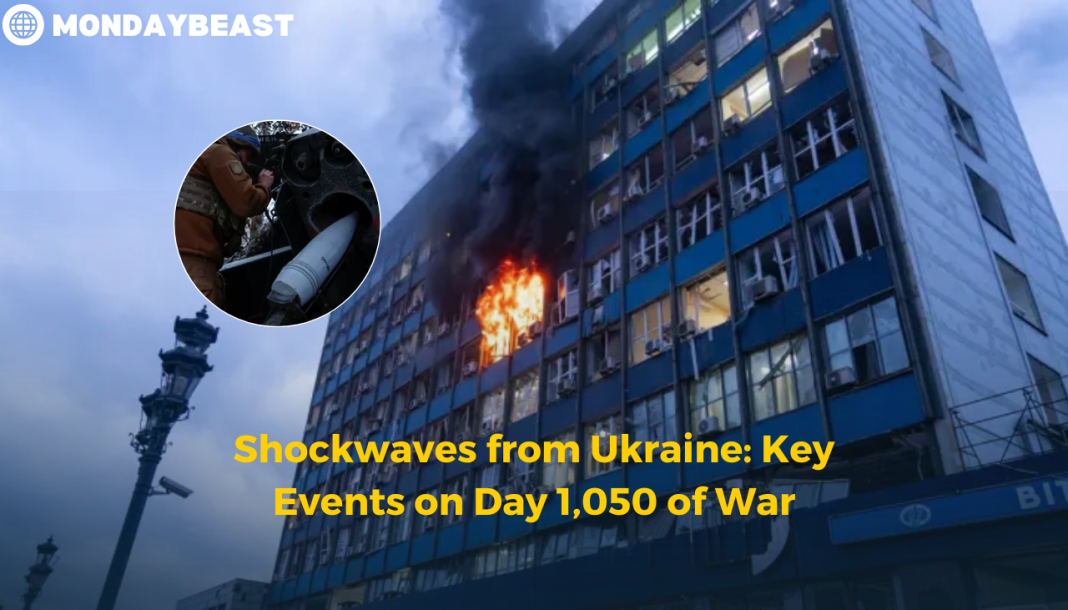The flames roared through Southern California. Pictures captured both the beauty and the terror of nature at its rawest. Suddenly, the ground shook with the force of fierce winds. This is the reality many faced in January 2025.
On January 7, chaos struck as the Eaton Fire gathered intensity. The blaze engulfed homes in Altadena. Firefighters fought bravely, but the raging inferno spared no one. The fear gripping thousands was palpable.
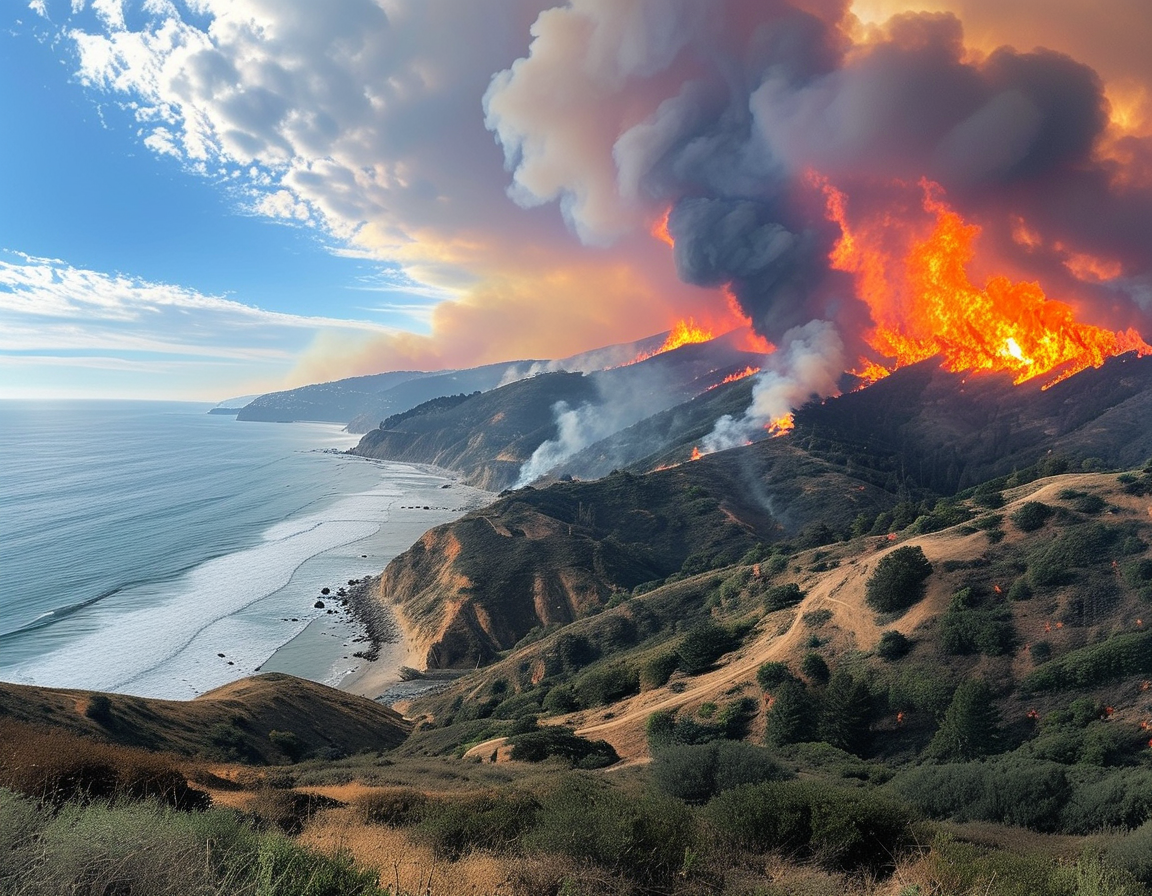
Evacuations became an urgent necessity. In Pacific Palisades, families grabbed what they could. They left beloved homes behind in frantic haste. It wasn’t just a property; it was a lifetime of memories under threat.
Reports indicated that 30,000 people were ordered to evacuate. Cars were abandoned on Sunset Boulevard. Panic reigned as occupants fled on foot. This was no ordinary day in an upscale neighborhood.
As the air tanker swooped down, the stakes rose. Dense smoke filled the sky, turning it a menacing gray. The sensation of helplessness weighed heavy. Many residents could only watch as flames danced closer to their doorsteps.
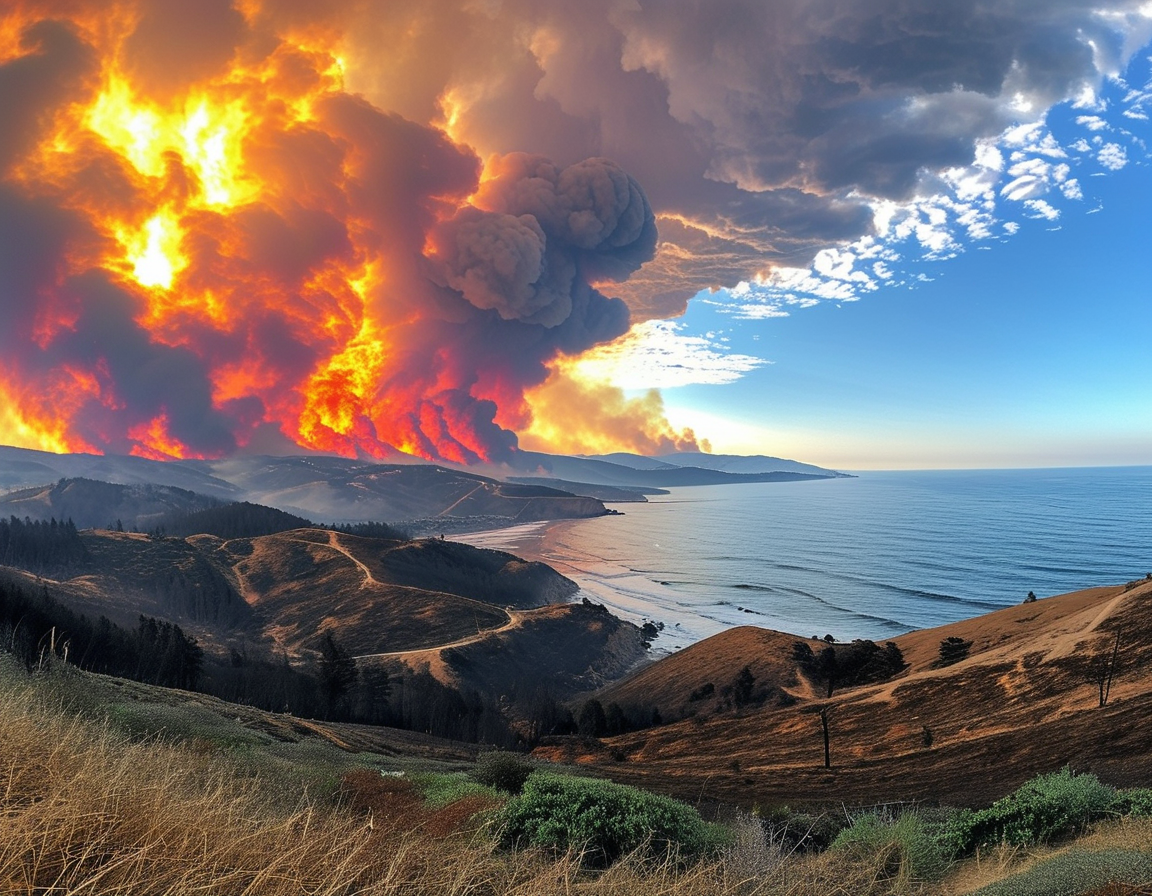
Let’s not overlook the emotional toll. Homes turned to ash in seconds. Neighbors rallied, some rescuing pets left behind. The community showed strength amid heartbreak.
The impact was devastating. More than 1,000 buildings lost to flames. Lives turned upside down with a flick of an ember. It begs the question—how prepared are we for such disasters?
Firefighters worked tirelessly, battling relentless winds. Yet, nature often has the upper hand. The Santa Ana winds fueled the fires, creating a perilous situation.
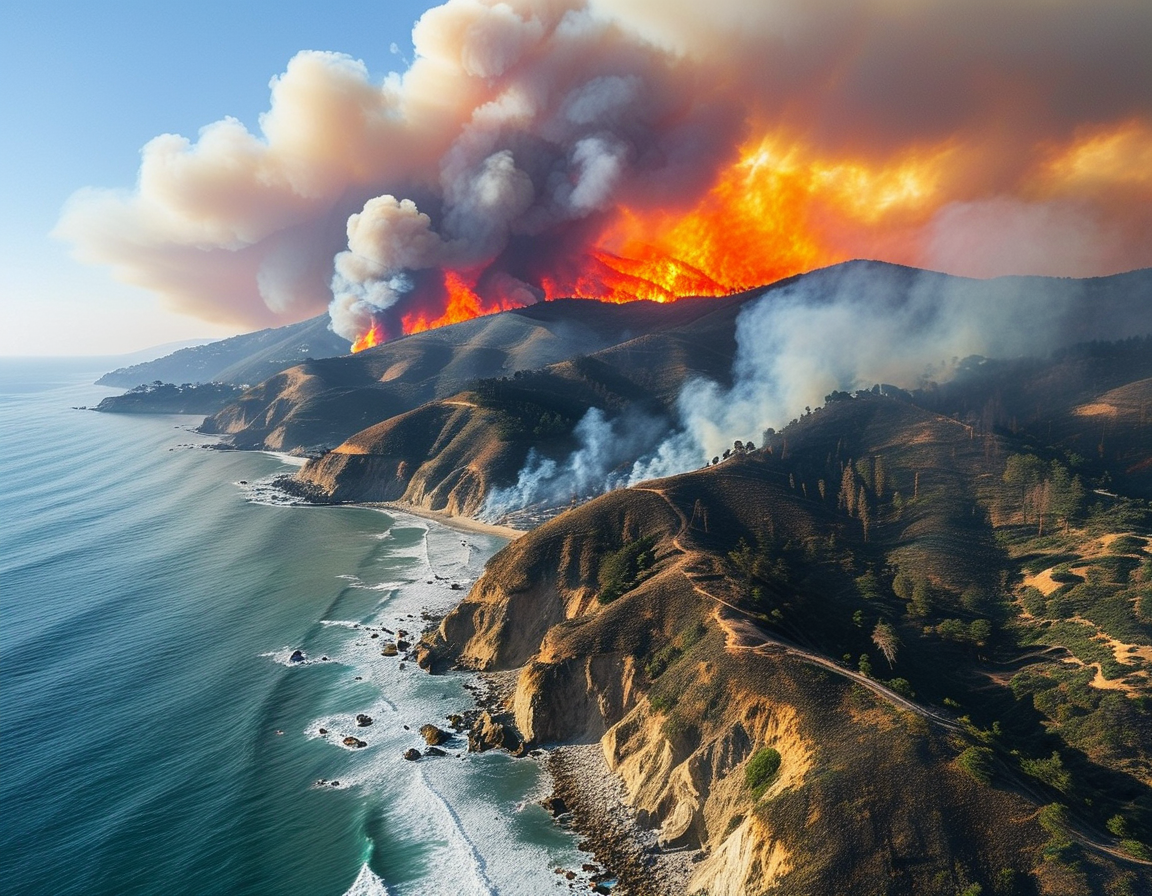
News outlets buzzed with the latest updates. As facts and figures poured in, the human stories emerged. Heroes arose, and ordinary folks became extraordinary amid despair.
Even celebrities joined in to support relief efforts. The wealth and influence of the area did little to protect its residents. It reinforces the idea that wildfires do not discriminate.
Many wondered: how could this be prevented? Climate change loomed large. Models and projections left many feeling uneasy about the future.
In the aftermath, recovery efforts began. Resources poured in, and support networks evolved. Community resilience shone through the ash and smoke.
Discussions surrounding fire safety intensified. Authorities examined structures and firebreaks. Every option was on the table, aimed at shielding homes from Mother Nature’s fury.
Perhaps the hardest question was about rebuilding. How do you bounce back from such devastation? The emotional scars are deep, lingering long after the flames die down.
As visibility declined, evacuations transformed some neighborhoods. Stunning views of Malibu were obscured with anxiety and fear. It spurred calls for better fire management and awareness.
The smoke billowing over Santa Monica Pier crafted a stark reminder. Nature’s balance tilts dangerously toward destruction. The importance of preparedness cannot be overstated.
In conclusion, while wildfires are a natural phenomenon, the human impact is profound. As the flames subsided, community spirit surged. Local leaders rose to the challenge, calling for change.

